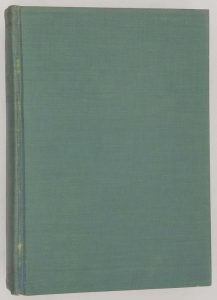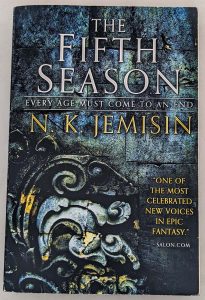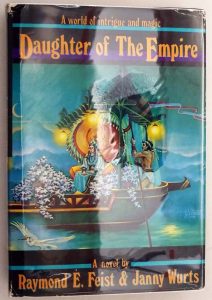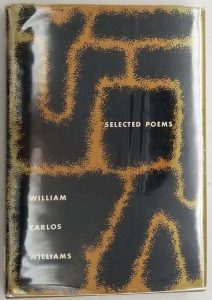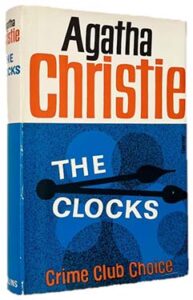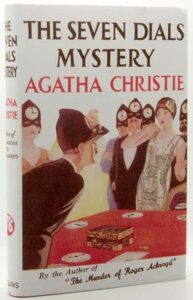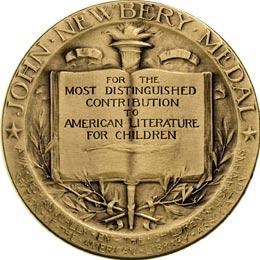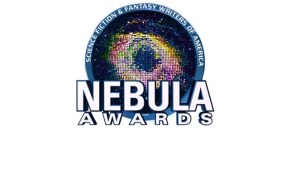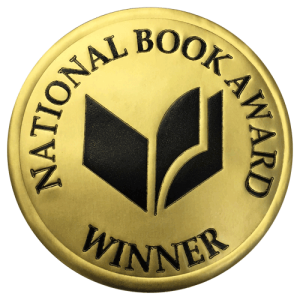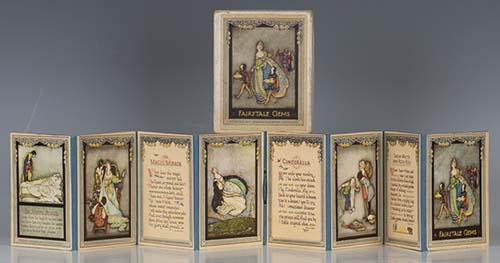
Fairytale Gems (1920), illustrated by Jennie Harbour, is a dazzling jewel of interwar children’s literature that captures the transition from Edwardian opulence to Art Deco modernity. Published by Raphael Tuck & Sons as part of their “Gift Book” series, this anthology of European fairy tales shimmers with Harbour’s distinctive style—a harmonious blend of delicate watercolor prettiness and subtle psychological depth. Her illustrations for stories like “Cinderella,” “Sleeping Beauty,” and “Little Red Riding Hood” feature doe-eyed heroines with rosebud lips and fluttering lashes, their slender forms draped in exquisitely rendered gowns that cascade with intricate floral patterns. Harbour’s gift for texture brings each tale to vivid life: the prickly menace of the briar hedge surrounding Sleeping Beauty’s castle, the glassy fragility of Cinderella’s slipper, and the wolf’s deceptively plush fur that barely conceals his predatory nature. The artist’s color palette favors soft pastels—blushing pinks, powdery blues, and mint greens—that create a confectionery world where even dark forests glow with enchanted light. Yet beneath the surface charm lies surprising emotional nuance, as seen in her haunting depiction of the Snow Queen’s icy palace or the anxious clasp of Gretel’s hands before the witch’s oven. The book’s petite size makes it feel like a precious object, while Harbour’s decorative borders of intertwining vines and fairy-tale motifs unify the collection into a visual symphony.
About Jennie Harbour (1893-1959):
This underappreciated British illustrator developed a signature aesthetic that bridged the golden age of gift books and modern picture books. Trained at London’s Goldsmiths College, Harbour rose to prominence through Tuck’s postcard series before becoming their star illustrator in the 1920s. Unlike her contemporaries who often depicted children as miniature adults, Harbour’s characters retain a genuine childlike quality—their rounded cheeks and wide eyes reflecting both wonder and vulnerability. Her illustrations for Fairytale Gems demonstrate her innovative technique of layering translucent washes over precise pencil sketches, creating a luminous effect particularly suited to magical subjects. Though less celebrated than Rackham or Nielsen, Harbour’s work influenced later Disney animators (her delicate Cinderella bears striking resemblance to the 1950 film version) and set the template for mid-century fairy-tale illustration. Original artwork from this series, with its exquisite detailing and preserved vibrancy, now commands increasing attention from collectors of interwar illustration.
For fans of Fairytale Gems, you might also enjoy:
- Arthur Rackham’s Book of Pictures (1913) – Known for his intricate, whimsical, and occasionally eerie style, Rackham’s work shares a similar magical quality.
- Edmund Dulac’s Stories from Hans Andersen (1911) – Dulac’s luminous, painterly illustrations offer another stunning take on classic fairy tales.
- Kay Nielsen’s East of the Sun and West of the Moon (1914) – Nielsen’s bold, Art Deco-inspired illustrations provide a more stylized but equally enchanting fairy tale experience.
- My Book of Favourite Fairy Tales (1921) also illustrated by Harbour – her other major anthology
- The Fairy Tales of the Brothers Grimm (1925) illustrated by Anne Anderson – contemporary style
